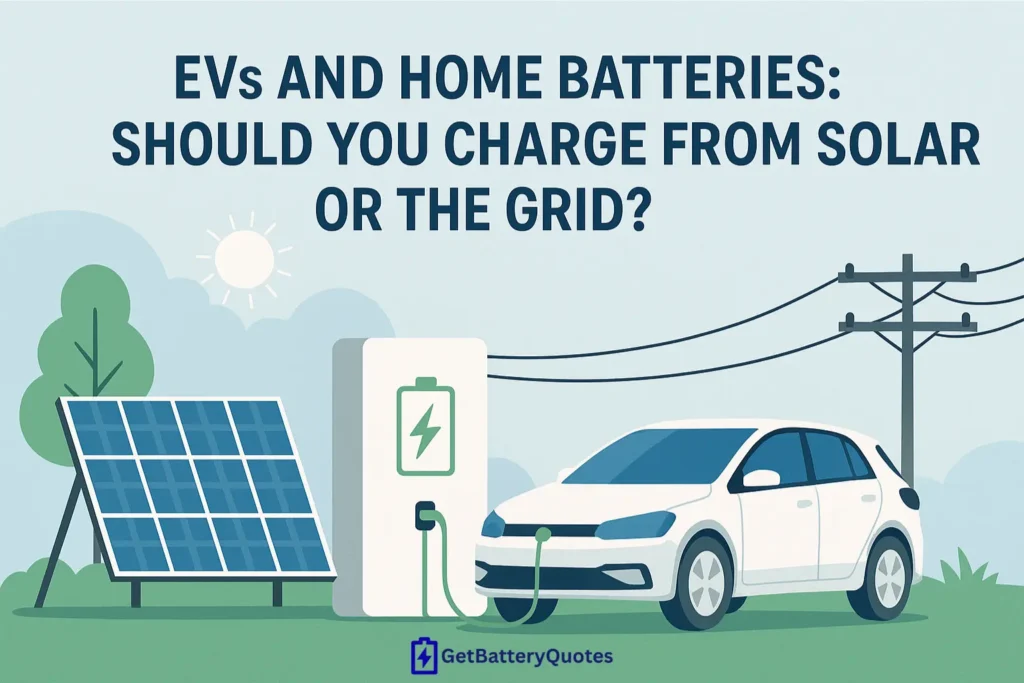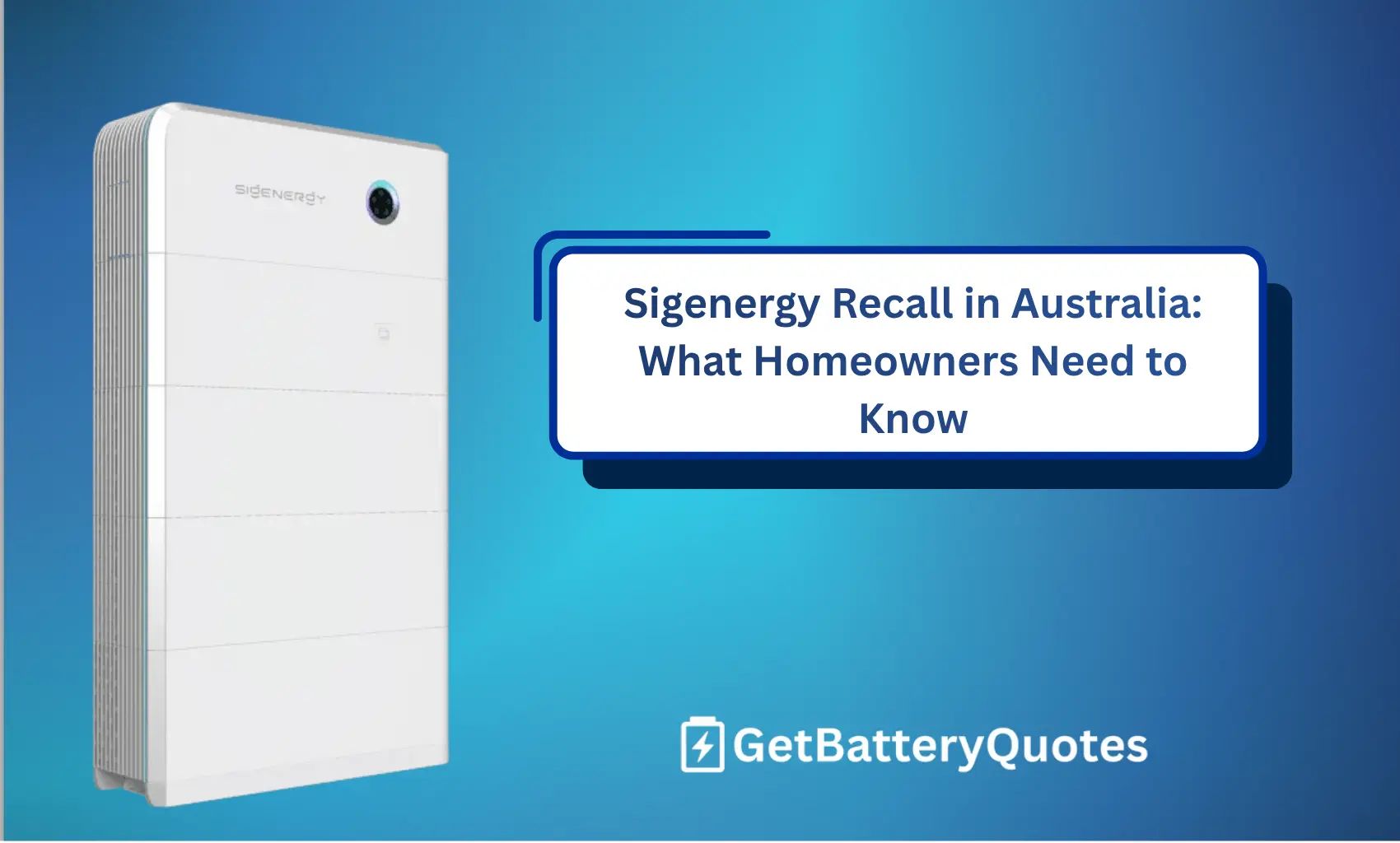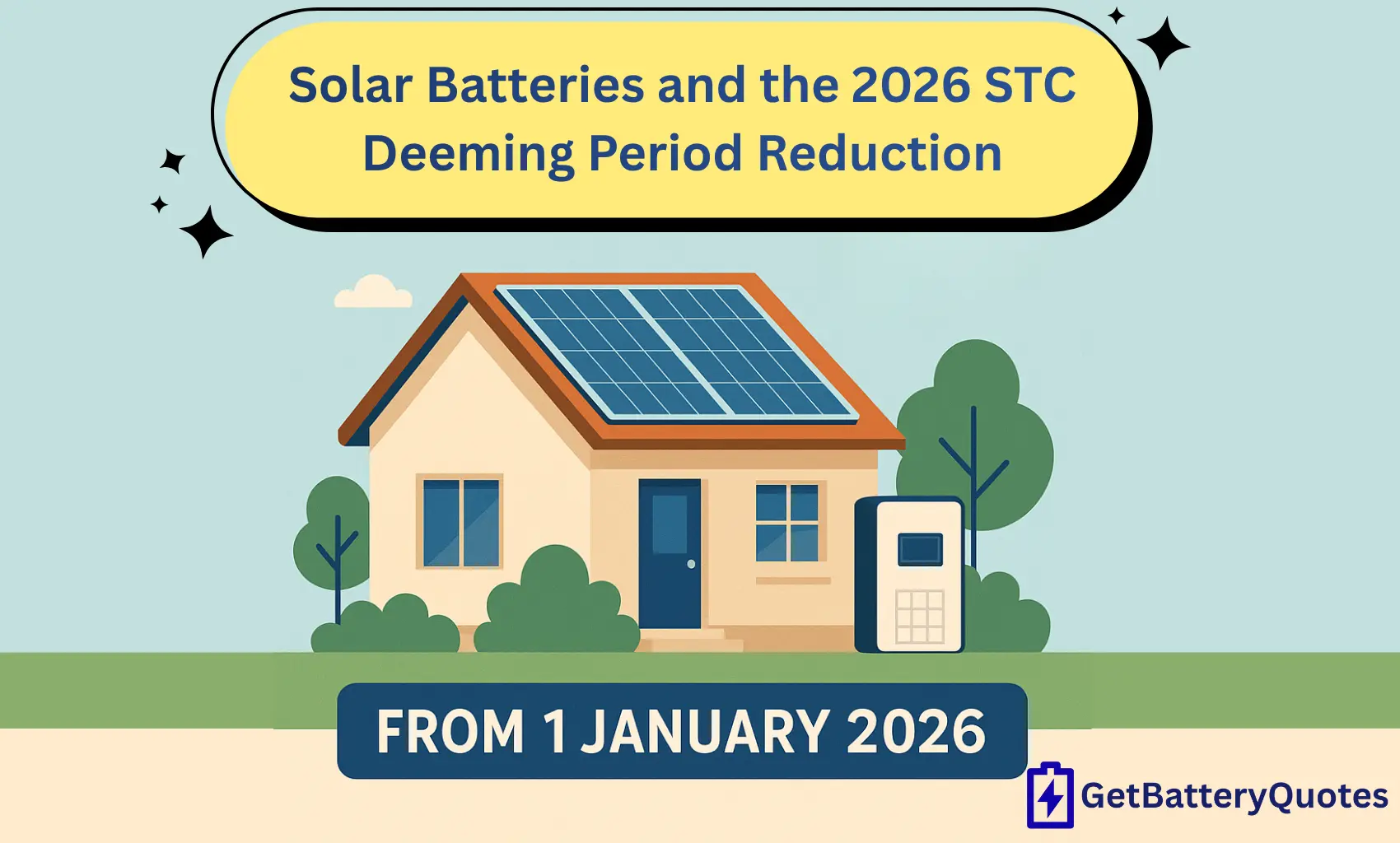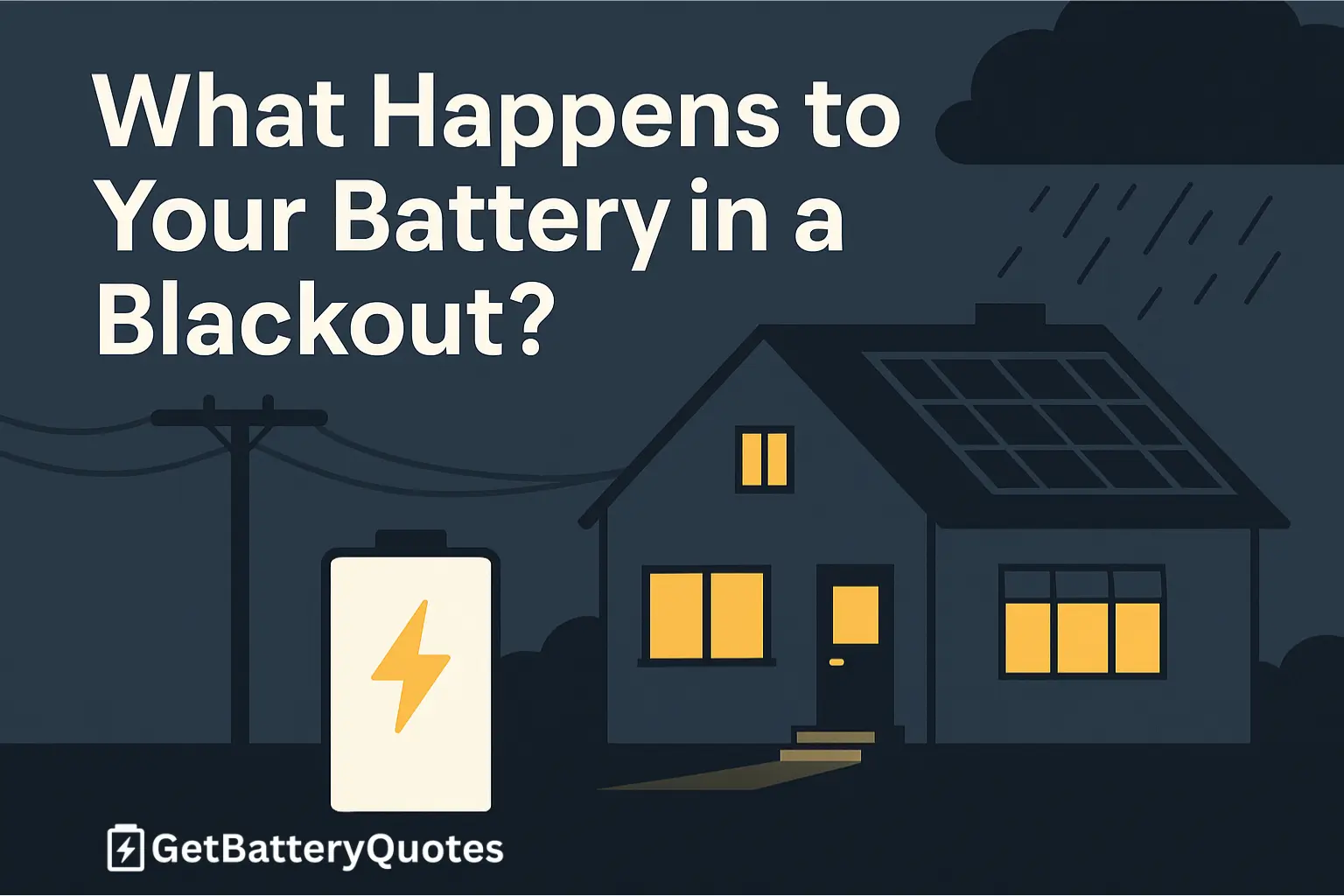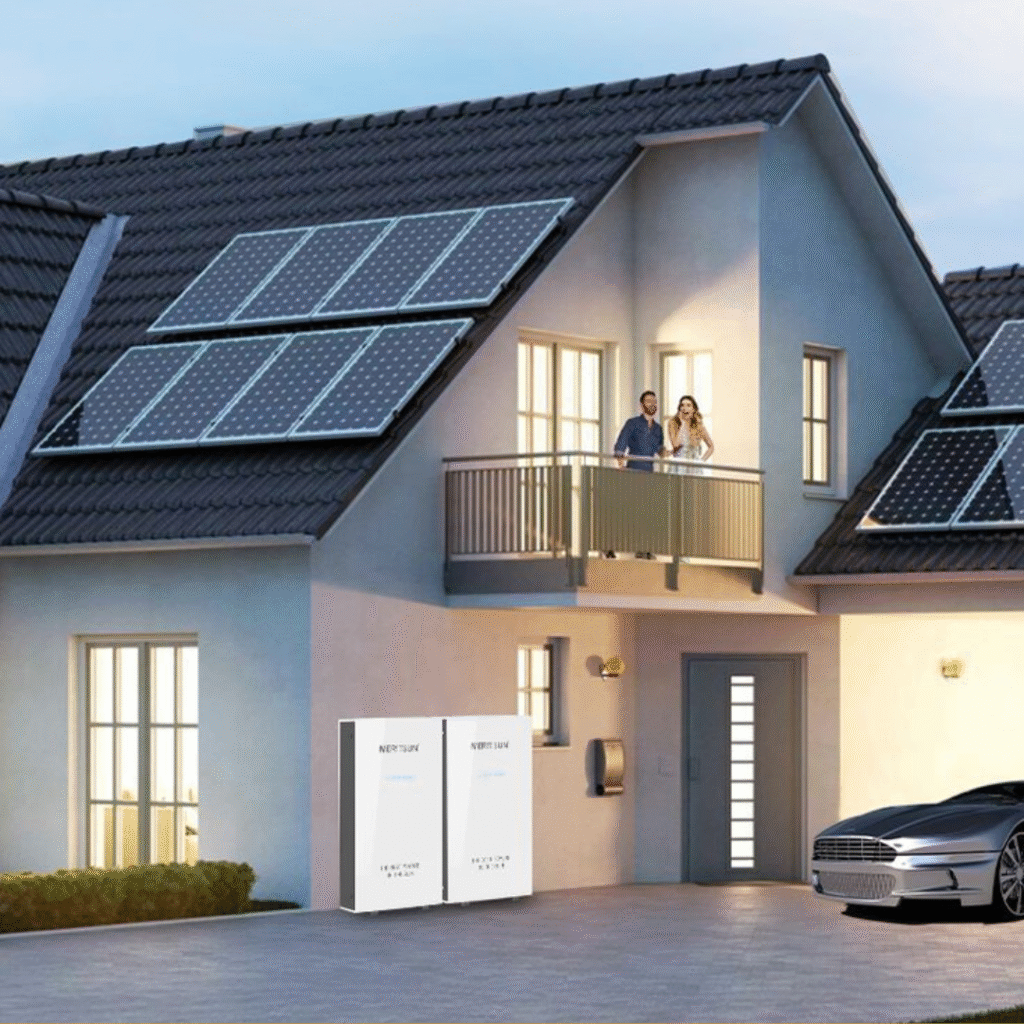With electric vehicles (EVs) becoming more popular in Australia and solar batteries now supported by generous federal and state rebates, many homeowners are asking the same question: what’s the smartest way to charge your EV from solar, from your home battery, or straight from the grid?
The answer depends on your setup, electricity rates, and when you need to drive. Let’s break it down.
Charging Directly from Solar
The cheapest way to run an EV is to plug it in during the day when your solar panels are producing. This way, the car soaks up excess solar instead of exporting it to the grid for just a few cents per kilowatt-hour.
Some energy retailers, such as Ovo and GloBird, even offer “free power windows” (for example, 11 am to 2 pm). If you’re home during those hours, it makes perfect sense to schedule EV charging then.
Pros
- Lowest-cost charging (essentially free once your solar is installed).
- Helps you use more of your own solar instead of selling it at a low feed-in tariff.
- Takes advantage of retailer free power windows where available.
Cons
- Only works if the car is home during the day.
- Charging speed is limited by how much solar is available at that moment.
Charging from Your Home Battery
Some households like the idea of using their solar battery to charge their EV at night. While this is technically possible, it’s not always the most efficient use of your storage.
Pros
- Lets you add a small top-up to the car overnight using stored solar.
- Handy if you only drive short distances and don’t need a full charge.
- Works as a backup option if you can’t access off-peak grid charging.
Cons
- Home batteries are much smaller than EV batteries. A 20 kWh home battery can only cover a fraction of a 60 kWh EV. It’s not suitable for nightly full charging.
- Using your home battery for EV charging may leave less stored energy for household needs or blackout protection.
- More battery cycles means faster wear and tear, though modern lithium batteries are designed for thousands of cycles.
Charging from the Grid
Grid charging is simple and sometimes surprisingly cheap if you’re on a time-of-use or EV-specific tariff. Some retailers now offer off-peak EV charging plans designed to make night charging more affordable.
Pros
- Unlimited supply and fast charging if you have a smart charger.
- Off-peak tariffs (often overnight) can be lower than 10–15 cents per kWh.
- Doesn’t drain your home battery, leaving it for household use.
Cons
- Costs more than solar self-consumption.
- Still relies on grid electricity, which may not be 100% renewable.
Smart Strategies: Mixing Solar, Battery, and Grid
For most households, the best solution is a mix:
- Solar first: Whenever possible, schedule EV charging during the day to soak up excess solar (and free power windows if available).
- Grid off-peak next: If you need more charge, take advantage of cheap overnight EV tariffs.
- Battery sparingly: Reserve your home battery for household loads and blackout protection, unless you only need a small top-up for the EV.
The Future: Vehicle-to-Home (V2H) and Vehicle-to-Grid (V2G)
One of the most exciting trends is using EV batteries to power homes or even export back to the grid. An EV battery (say 60 kWh) can store far more energy than most home batteries. Once V2H and V2G become widely available in Australia, your car could act as your biggest battery turning the question around entirely.
Final Thoughts
- Solar charging is best for cost savings if your EV is home during the day.
- Grid off-peak charging is practical, reliable, and often cheap at night.
- Battery charging works as an occasional top-up, but a 20 kWh home battery isn’t suitable for nightly EV charging.
With the right mix of solar, battery, and grid charging plus smart scheduling you can keep your EV topped up at the lowest possible cost while maximising the value of your home energy system.

